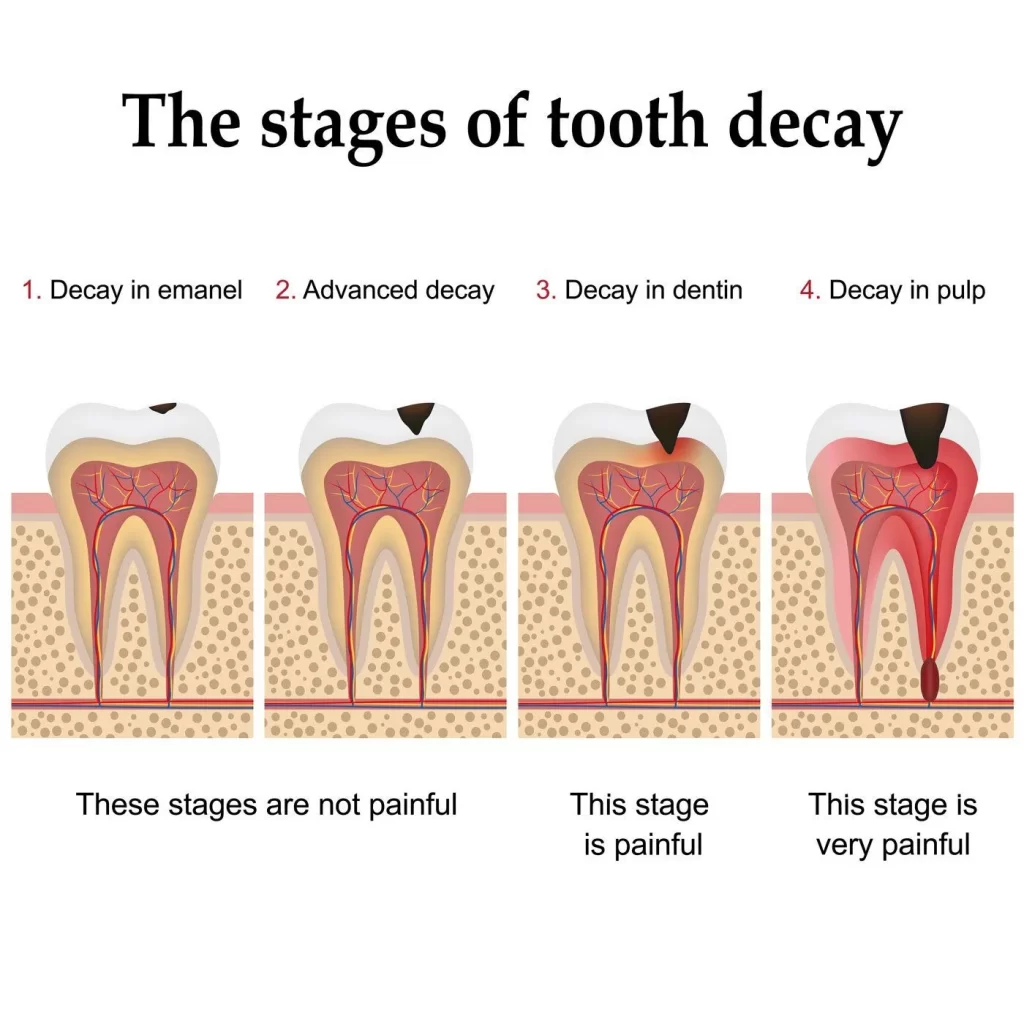If you are suffering from tooth decay, you’re not alone. Around 2 billion people worldwide are living with decayed teeth, according to the World Health Organisation (WHO). In fact dental decay is the world’s most common health condition, the Global Burden of Disease report 2019 found.
What’s more, in 2010 WHO estimated that the worldwide cost of treating tooth decay was a staggering US$442 billion!
But decaying teeth are not a new phenomenon. Archaeologists have found tooth decay in the teeth of Neanderthal skulls dated 40000-22000 BC.
And the most amazing thing is that tooth decay is a preventable condition!
So what causes this widespread and expensive disease that’s been around for thousands of years?
What does it feel like when you have it?
And how can you prevent it or fix it?
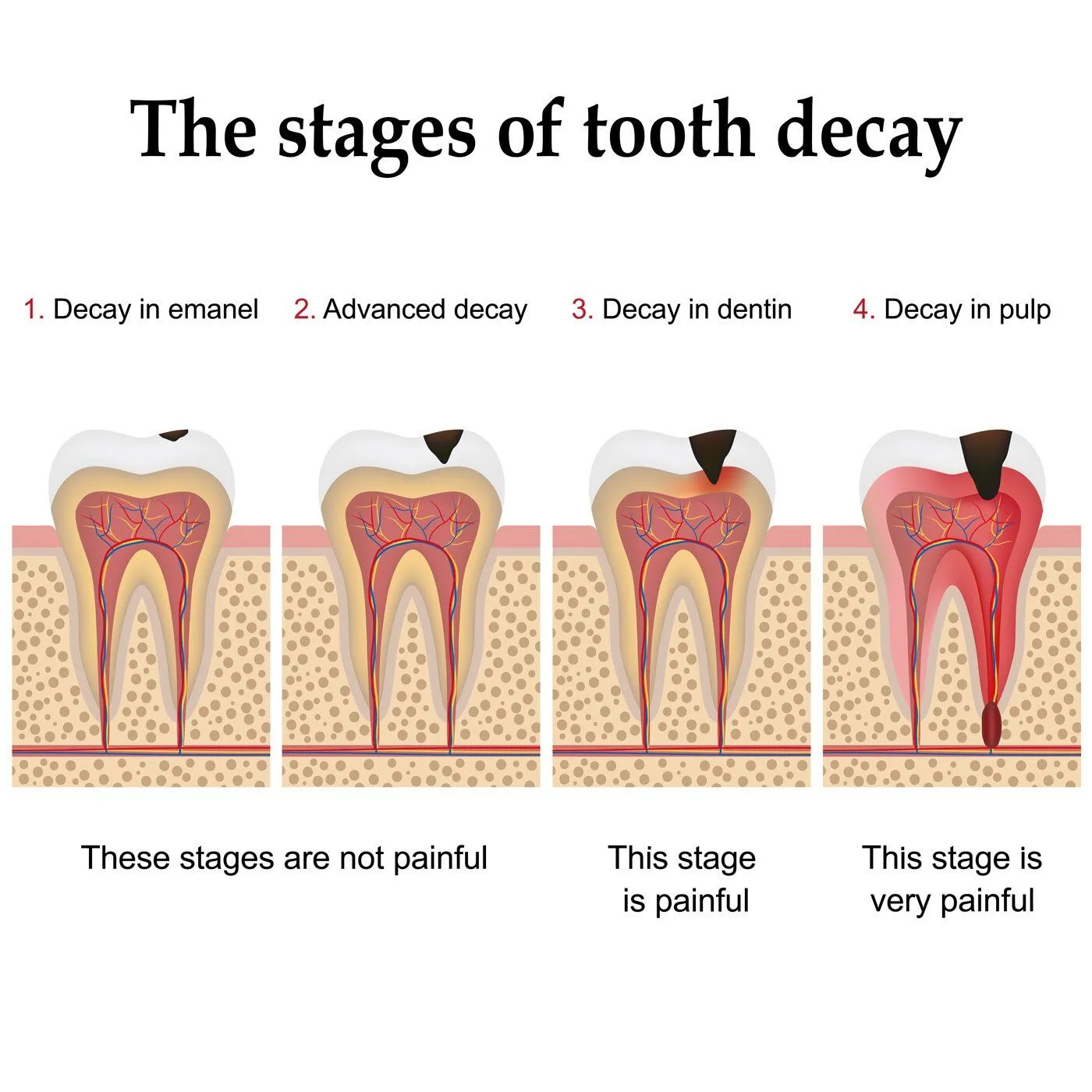
What is tooth decay?
As early as 350 BC, the Greek philosopher Aristotle noticed that sweet foods such as figs and dates caused tooth decay. However, it wasn’t until 1500 years later that dentists pieced together the science behind it. That tooth decay was caused by the acid produced by bacteria when they feed on sugary foods.
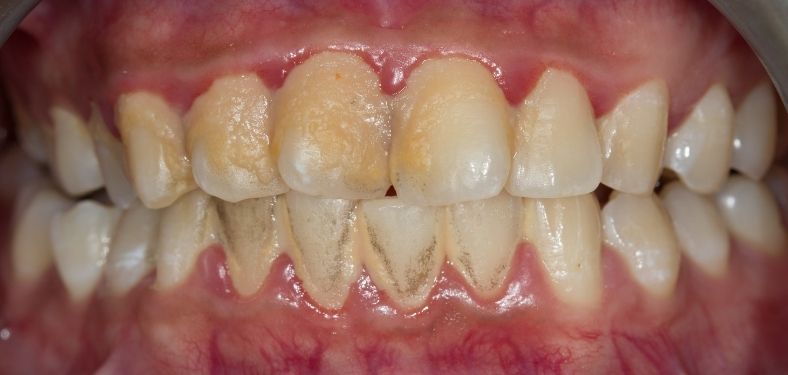 There are millions of bacteria in your mouth. Incredibly there over 700 different types! As disgusting as that may sound, most of them are actually “good bacteria” and important for keeping your mouth healthy.
There are millions of bacteria in your mouth. Incredibly there over 700 different types! As disgusting as that may sound, most of them are actually “good bacteria” and important for keeping your mouth healthy.
Unfortunately, like in every good story, from Star Wars to Harry Potter, there’s a dark side. The villains in your mouth are two bacteria called Streptococcus Mutans and Streptococcus Sorbrinus. These partners in crime live on the surface of your teeth in plaque.
Plaque is a sticky film that constantly forms on the surfaces of your teeth. You know that horrible fuzzy coating you can feel when you run your tongue over them?
The “bad” bacteria love acidic surroundings. So when you eat sugary, acidic and processed foods those guys have a party. They feed on these sugary foods and pro
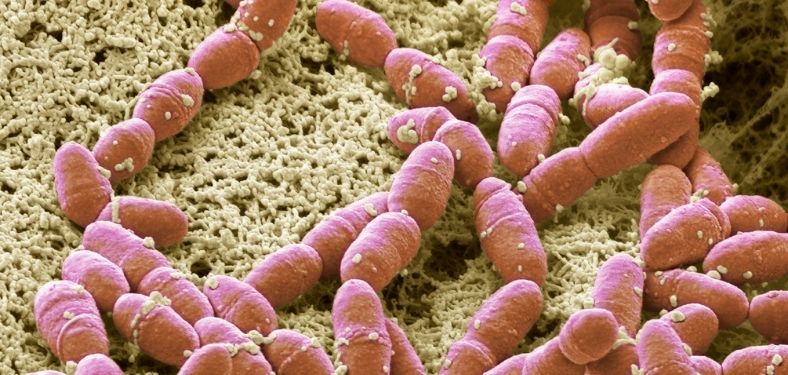
duce even more acid.
Looking at this picture of Streptococcus Mutans at really high
magnification makes me wonder if perhaps good old Antonie van Leeuwenhoek wasn’t so wrong about the worms after all!
Stages of tooth decay
Tooth decay has 4 stages:
1. White spot lesion
The first sign of tooth decay is a chalky white spot. At this stage remineralisation is still possible. It’s a great idea to go and see your dentist if you’re worried about a white spot. They will give you advice and help you to try to reverse the demineralisation.
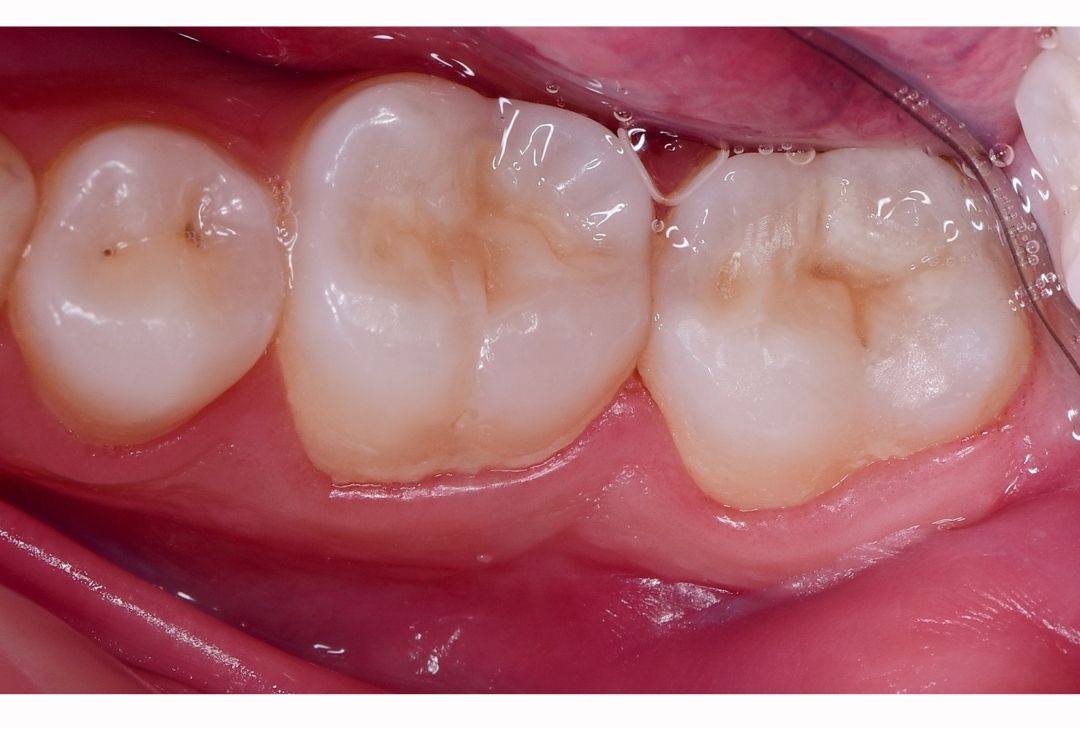
2. Enamel Decay
Your tooth starts to decay in the enamel underneath the outside surface of your tooth. You may see a grey shadow on the tooth or staining in the grooves of your tooth.
If you’ve ever been to the dentist and they’ve told you that you need a filling and you’ve thought but there’s no hole in my tooth and it isn’t sore, trust their trained eye. They’ve seen enamel caries under the surface of your tooth in your mouth or they may have seen it on an x-ray.
By removing this decay they’ll prevent it from progressing further into the tooth and causing you toothache.
If left, once the enamel under the surface is decayed badly enough, the surface enamel will “cave-in” and that’s when you’ll first notice a hole in your tooth. A hole is not the first sign of tooth decay, it just might be the first sign that you see or feel.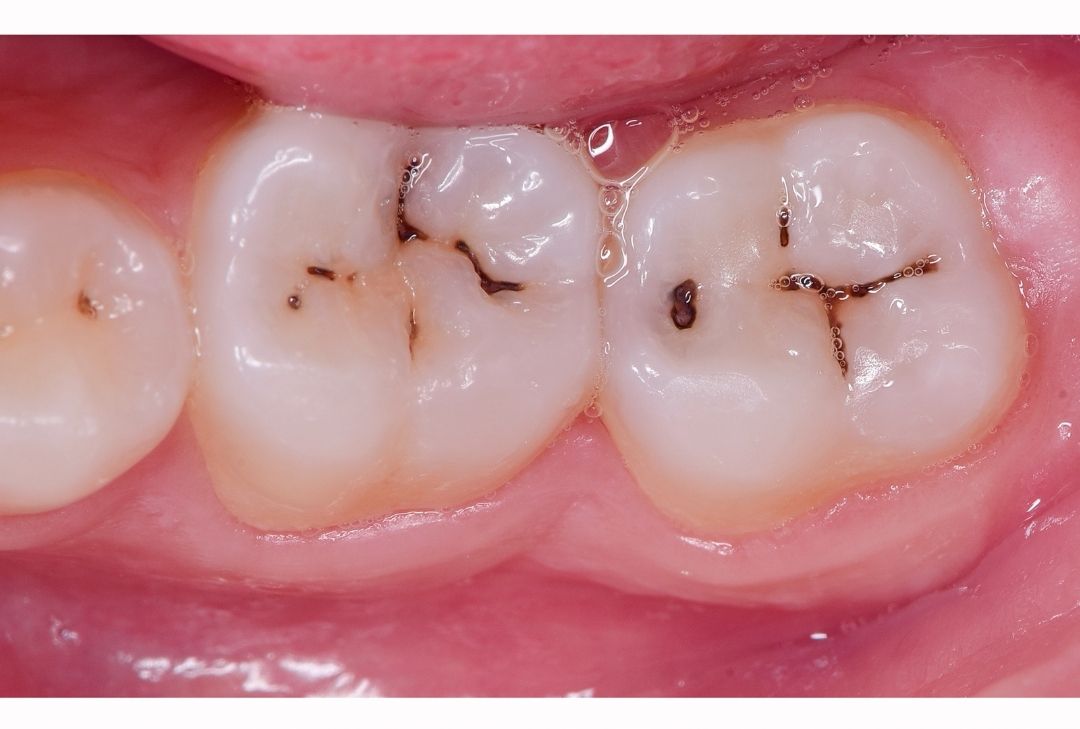
3. Dentine Decay
The dentine which lies below the enamel in your teeth is a much softer substance. Once decay has passed through the enamel it will spread into the dentine. You may start to feel more pain or sensitivity at this point. The risk of your tooth breaking also becomes more likely.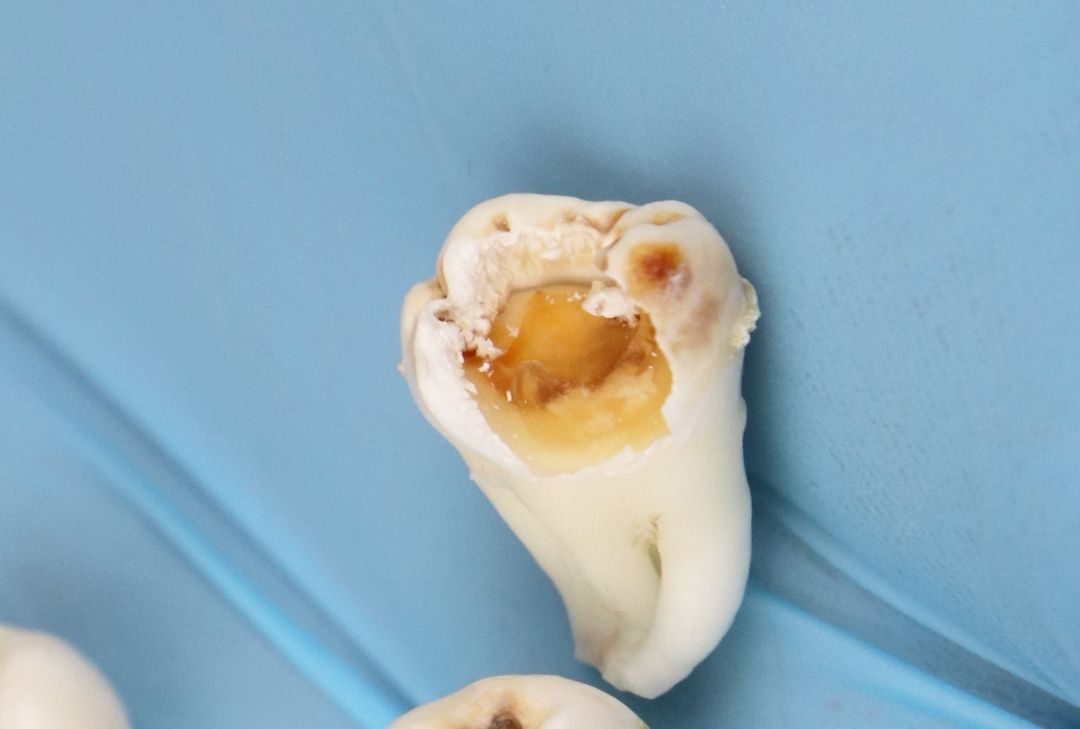
4. Pulp Involvement
The pulp is in the centre of your tooth and is where we find the blood vessels and the nerves of the tooth. Progression of bacteria towards the pulp causes it to become irritated. You will experience more pain at this stage. This irritation of the pulp can be reversible or irreversible.
If it is reversible your dentist will be able to remove the decay and fill the hole in your tooth. If it has gone further and is irreversible, then the pulp has to be removed and the root of the tooth filled. This is called root canal treatment.
If the pulp becomes involved and you do not seek treatment from your dentist, pus can form in the tissues surrounding the tooth and this is when an abscess can start. The pain from this can often be constant and severe and you may find that you have swelling of your mouth or face. Eating will become very difficult.
Left untreated this infection can spread and can sometimes be life-threatening.
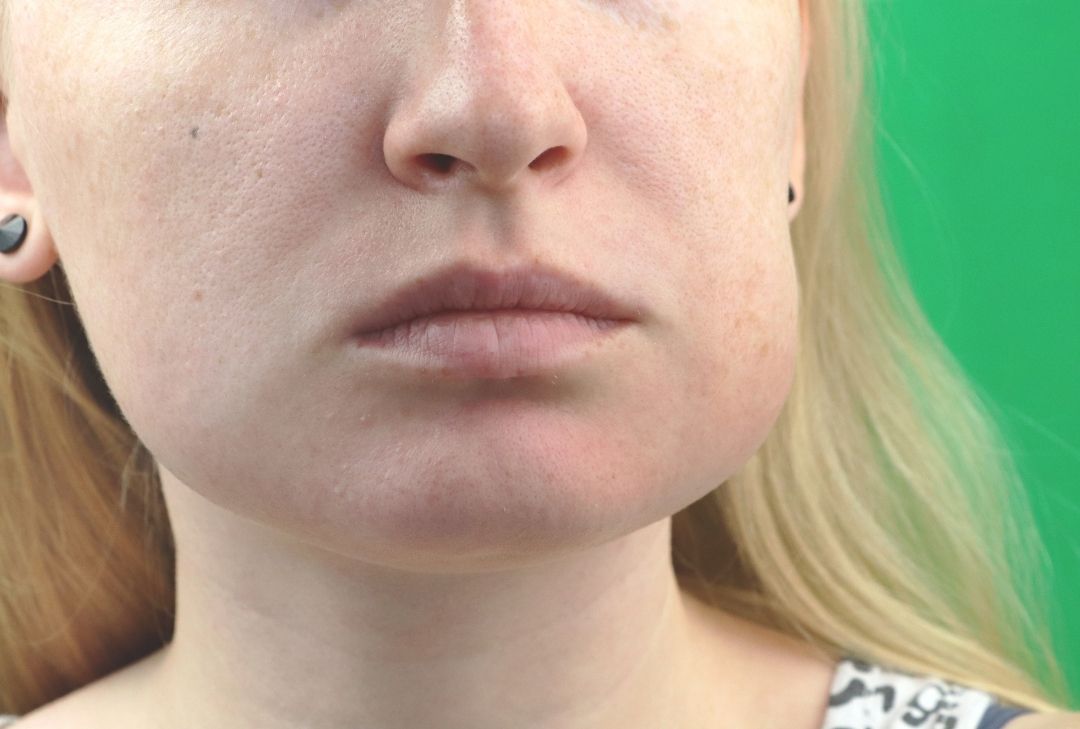

Risk factors for tooth decay
You are much more likely to experience tooth decay if you:
- Eat large amounts of sugary/acidic foods
- Eat sugary/acidic foods regularly throughout the day
- Don’t look after your teeth– removal of plaque is key to removing food debris and plaque
- Don’t use fluoride – fluoride aids with remineralisation of enamel making it stronger

If you have any of the conditions below you are at higher risk of having tooth decay and you should visit your dentist more regularly:
- Dry mouth (xerostomia) – saliva is so important in washing away food debris and remineralising enamel. If you suffer from a dry mouth you have less saliva, so it is even more important that you have excellent oral hygiene and a low sugar/acid diet. Some medicines and illnesses can cause dry mouth. If you have a dry mouth please don’t hesitate to ask your dentist for advice.
- Eating disorders/acid reflux/alcoholism: regular vomiting or acid reflux increase the amount of acid in your mouth, causing your tooth enamel to be regularly bathed in acid.
- Gum disease: gum disease causes shrinking back (recession) of your gums down your teeth, exposing the root surfaces. There is no enamel on the roots of your teeth, just dentine. As I’ve said this is much softer than enamel and is more easily attacked by the acids. This means tooth decay starts and progresses more readily on the roots of your teeth. Root caries (tooth decay on the roots of your teeth) is something we often see in older patients with gum disease.
How to Prevent Tooth Decay
- Have good oral hygiene
- Brush your teeth twice a day
- Use a fluoride toothpaste (check the label – it should say 1450ppmF)
- Don’t rinse after brushing
- Interdental cleaning
- Eat a balanced, low-in-sugar diet
- Avoid sticky things
- Enjoy sweet treats or drinks with a meal
- Drink water with sweets
- Use straws with soft drinks
If you have children:
Remember children don’t need to have sweet things, the longer you can keep them away from sweet treats and fizzy drinks the better. Don’t worry, you are not depriving them, you’re keeping them healthy.
We also often see distressed parents of babies or toddlers with decay in many of their baby teeth, as a result of having bottles of juice or even milk in bed overnight with them.
This allows them sip continuously and means their teeth are constantly bathed in acid. Don’t forget even milk contains sugar and although it’s good for you constant sipping for hours overnight will cause severe tooth decay that can look like this.

How to fix tooth decay
We can reverse the earliest signs of tooth decay, as I’ve said. This can be done with good oral hygiene and fluoride. Your dentist may prescribe a high-fluoride toothpaste or may apply a high-concentration fluoride gel to very early decay.
Once there is a hole in your tooth, your dentist needs to remove the decay and infected parts of the enamel and dentine, and place a filling.
If the decay is extensive and you have lost a lot of your tooth, you may need a crown.
Once the pulp is involved, root canal treatment or extraction are the only treatments available to deal with your decay.
These pictures show early decay, spotted by the dentist, removed and filled with a tooth-coloured filling material. The tooth looks good-as-knew, the patient had no toothache and the decay has been removed so cannot spread further.
Conclusion
Tooth decay has been around for thousands of years. In the past our ancestors didn’t know what caused it and therefore couldn’t treat it or prevent it.
We are in the privileged position of knowing what tooth decay is, what causes it and how to prevent it.
With good oral hygiene and a balanced low-in-sugar diet you can easily avoid the suffering that tooth decay can cause.
If you’re worried that you may have tooth decay please don’t hesitate to contact us. Remember, dentists are experts in seeing tooth decay and if we catch it early enough we can help you to reverse it or fix it before it causes you pain.


 Tiếng Việt
Tiếng Việt